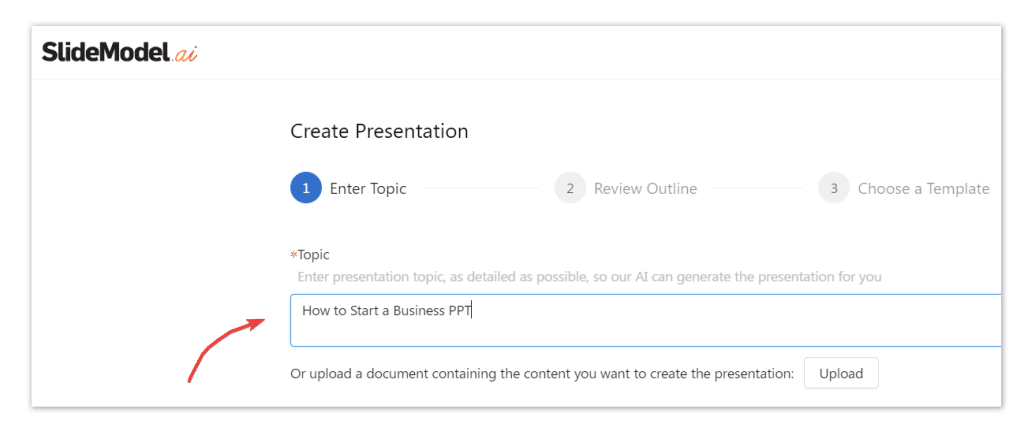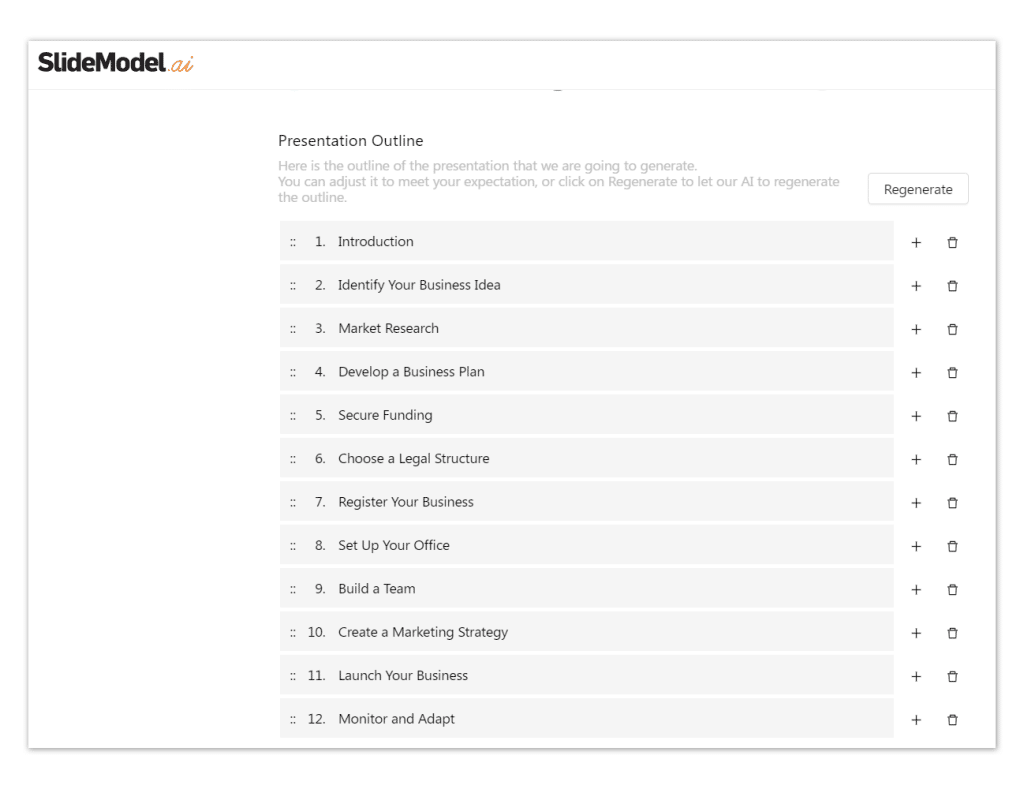9+ Effective Ways To Structure A Knockout Presentation
Last updated on July 30th, 2024
A PowerPoint Presentation is a great way to promote your ideas, business, and yourself. You have an audience waiting to listen to you, and you can deal with any queries right there. For a successful presentation, you need to hold the audience’s attention and speak fluently and clearly, and for this purpose planning your presentation structure in advance is essential to make a winning presentation.

A knockout presentation is the best way to Wow investors, excite the board and inspire the internal staff. So, how can you structure a presentation effectively? To make sure your presentation ends with a magnificent applause, there are some ideal ways that can help you structure a knockout presentation. Here are some tips to consider:
1. Use The Best Supporting Material
Most of the presenters justify their significant points with supporting materials such as: graphs, data charts, white papers, visuals, statistics, testimonies, anecdotes or references. Even fact, quotes and metaphors are sometimes useful. However, the one thing which is neglected is providing examples. They are the most powerful supporting material that provides clarity to help the audience understand a difficult issue.
2. Look At The Bigger Picture
Start your presentation by talking about the objectives, goals and vision and elaborate why the current situation is not aligned with the vision and goals. Further on, make a summary of the available options, make the suggestions and end your PPT with the call to action.
Structure your presentation in a way that it summarizes the message that you want to convey, without being too long.
A good way to start a presentation is by presenting facts about a specific topic. Another alternative is to generate an emotional sense into the audience, this is what the storytelling techniques can produce.
It is important to give the audience an overall idea of the length that will be taken by the presentation. Sometimes the use of a progress bar can help (e.g. showing XX% of 100%), as well as the slide numbers (with the total number of slides present). Alternatively, an agenda slide at the beginning of the presentation can be useful to show the audience the content of the presentation and implicitly let the participants know on which chapter they are at any time.
3. Ask ChatGPT or LLM to Suggest a Presentation Structure
To structure a presentation, you can ask ChatGPT and prepare a prompt that will let you get a presentation structure aligned with your need. Asking ChatGPT to provide the structure of a presentation is a great way to get ideas and recommendations of how to structure your presentation.
Example Prompt: “I need to prepare a presentation about onboarding a new employee to a company Acme INC. Suggest me an 8-slide presentation structure. For each slide, suggest the speech.”
4. Use SlideModel.AI to Generate the Outline and Presentation Structure
Structuring your presentation with AI tools can be a good way to save time and foster creativity. SlideModel.AI is an artificial intelligence presentation maker that will suggest you the structure of your presentation from a prompt. By entering the topic of your presentation, you can easily get a presentation outline.
Let’s see the following example. We want to start a presentation about How to Start a Business.
We enter the prompt on SlideModel.ai and it will return a suggested outline for that topic.

We can easily customize the outline (modify the titles or move up/down).

Once done, click the Export Outline button and you will get a blank presentation .pptx or the text as a list.
Here is the final example of this structure for a presentation about How to Start a Business:
- Introduction
- Identify Your Business Idea
- Market Research
- Develop a Business Plan
- Secure Funding
- Choose a Legal Structure
- Register Your Business
- Set Up Your Office
- Build a Team
- Create a Marketing Strategy
- Launch Your Business
- Monitor and Adapt
The best of it is that we spent less than 60 seconds generating this outline.
5. Use The Three-Part Consultant Template
You can use a three-part template that consultants use. It actually displays information in a three-part format; how you are positioned to solve the problem, what your customer must do about it and why there is a problem.
6. Pre-Plan Transitions
Transitions show your terrain of thoughts and guide your listeners. They are mainly connecting phrases or words that keep your story flowing readily from beginning to end. Thus, as you move from one section to the other, make sure to include transitions.
7. Focus
It’s better to use cue cards than having a full print out of speech in front of you. Using these cards will give the freedom to talk naturally and help you in remembering the important points. Also, they will make you seem more communicative.
8. Give Bad News Directly
If you are about to deliver a bad news then don’t waste your precious time as it will not improve with age. It can have a negative impact on the audience but you need to get to the point quickly. Follow up with a recommended resolution and end it on a nice note.
9. Follow OBN
With executive and busy audiences, the OBN (Opportunity, Benefits and Numbers) framework is particularly effective. You can simply outline what the opportunity is and give an outline of the benefits. Then give a proof by showing your audience the numbers.
Hence, if you consider these ways to structure a knockout PPT, then certainly your presentation will be much more exciting and interesting.
